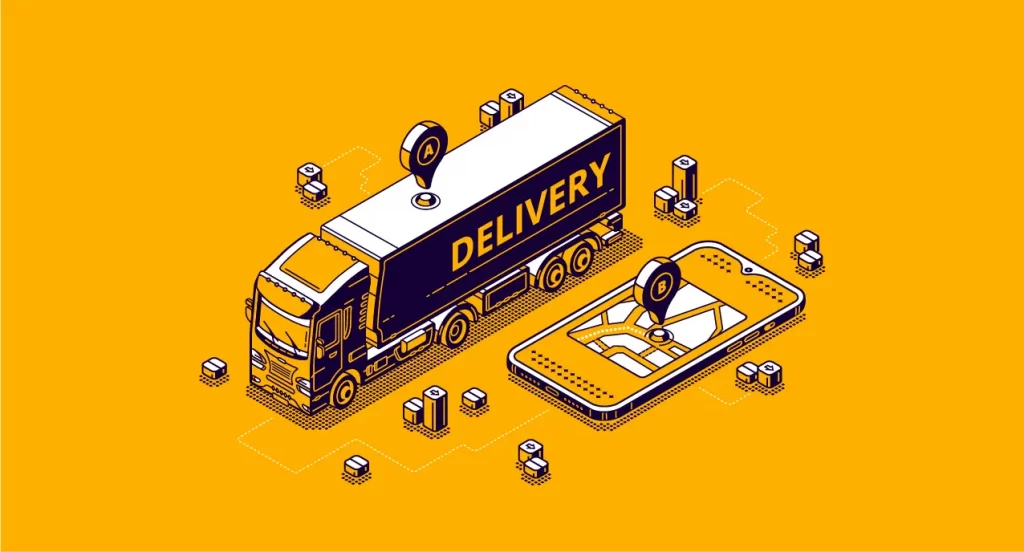
Having a plan for final mile logistics (the final leg of the shipping process) has never been more critical. It has simply become a part of logistics management especially since the release of same-day delivery from Amazon. Shippers and carriers must look at final mile logistics as a reflection of the entire shipping journey.
Consumers expect more transparency than they have in the past. 97% of consumers expect to have access to order tracking as well as complete visibility on the location of their package. Your organization needs to have a plan for final mile logistics in order to achieve higher customer service levels.
Since March of this year, consumers have been ordering more staple items online. This has only increased with the holidays, and final mile logistics has become more important than ever. Experts expect to see a record number of returns in January as well.
So how can your organization ensure that your final mile logistics plan is solid? Here are crucial things to keep in mind as you implement a strategy.
1. Last mile logistics should get faster fulfillment.
Consumers expect to receive products faster, therefore shippers will need to move more product at a quicker pace. Shipments that once required a process time of one hour are being forced into a three-minute process time. This means there is no room for inefficiency in your organization.
30% of millennials are willing to pay extra for same-day delivery as well as guaranteed delivery. This is why last mile delivery continues to grow every year.
2. Supply chain disruptors will impact final mile logistics.
Disruptors in the supply chain will have a great impact on last mile logistics like crowdsourcing and gig economy apps. Venture capital investments in supply chain and logistics start-ups have increased significantly every year since 2014. While these services don’t have a wide geographic reach unlike widespread legacy carriers, experts predict we will start to see them making a significant impact.
3. Analytics will drive the expense of final mile logistics down.
The overall costs of last-mile delivery may be driven down by analytics. This information given from automated systems as well as smart technology will provide a way for supply chain entities to isolate factors that are impacting expenses. Data analytics can give helpful information that can show supply chain managers where to tighten costs.
4. Drivers will become merchants.
Shippers will need to find ways to reach shoppers and convert them into product consumers. Putting the products directly in front of the customers seems to be the strongest way to encourage this conversion.
Experts predict drivers will become merchants, but this will present several challenges. For example, as Susie Walker of Veriship points out, the question of who assumes the burden of risk for products that have not been paid for or the question of what will happen to products that consumers want to return after they have been purchased from drivers.
The important thing to take away from this post is that exciting things are happening in the world of last-mile logistics. How will your organization handle the rising demand? How can you as a leader step up to the challenge? At POWERS, we help organizations to answer these questions, in addition to helping them tighten up their processes so they can better meet the demands of customers.


